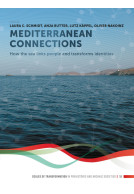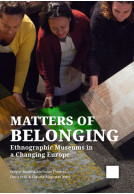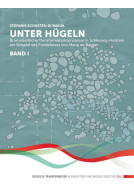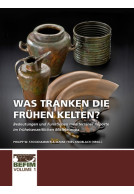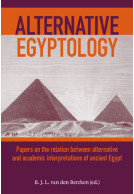Animal Mummies (Paperback)
From Research to Outreach at the Allard Pierson
Imprint: Sidestone Press
Pages: 134
Illustrations: 70fc / 19bw
ISBN: 9789464263640
Published: 23rd September 2025
Script Academic & Professional
Pages: 134
Illustrations: 70fc / 19bw
ISBN: 9789464263640
Published: 23rd September 2025
Script Academic & Professional
You'll be £30.00 closer to your next £10.00 credit when you purchase Animal Mummies. What's this?
+£4.99 UK Delivery or free UK delivery if order is over £40
(click here for international delivery rates)
Order within the next 11 hours, 22 minutes to get your order processed the next working day!
Need a currency converter? Check XE.com for live rates
(click here for international delivery rates)
Order within the next 11 hours, 22 minutes to get your order processed the next working day!
Need a currency converter? Check XE.com for live rates
Ancient Egyptian animal mummies can be found in almost every Egyptological museum collection. These mummified bodies of animals—from cats and falcons to scarabs and fish—played a role in animal cults and religion, but could also represent a favourite pet or serve as food for the deceased. Especially in Graeco-Roman Egypt, large numbers of animal mummies were deposited as votive offerings related to animal cults, thus playing a significant role in local economies. Studying their remains helps us understand the relation of the ancient Egyptians with their natural environment.
From 2021 to 2024 the Allard Pierson organised a multidisciplinary research project around the thirteen animal mummies in the collection. Questions not only focused on identifying the animal species and recording post-depositional traces related to provenance histories, but also on recording information related to the mummification process. The rarely occurring mummified genus of Bagrus might shed light on the role of this fish in Egyptian animal cults, while the analysis of the crocodile skeleton brings the identification of mummified crocodile species a step further. The mysterious falcon mummy without an animal inside and the mummy containing half the body of a young cat contribute to the ongoing discussion on how the ancient Egyptians considered the animal’s relation with the purpose of the cult. Additionally the need for conservation treatment and the wish to interact with museum visitors enabled contributions in both these increasingly important fields.
Other titles in Sidestone Press...









